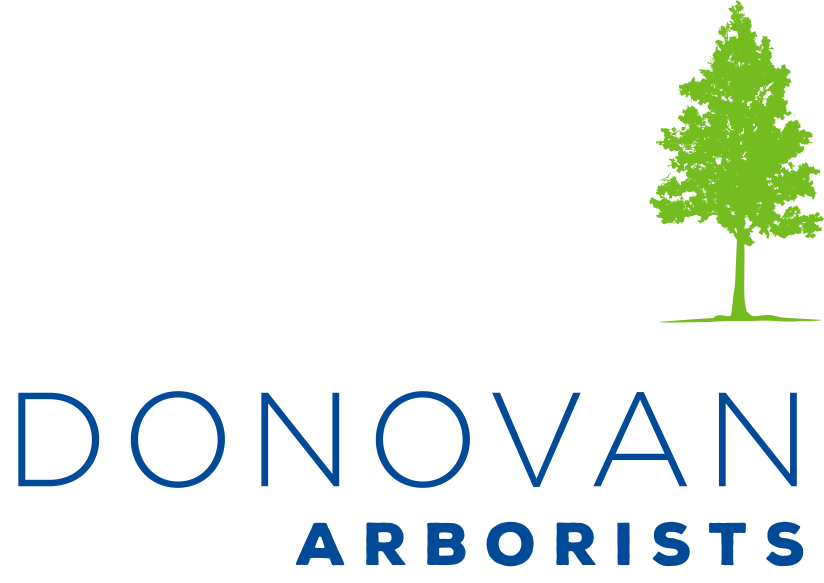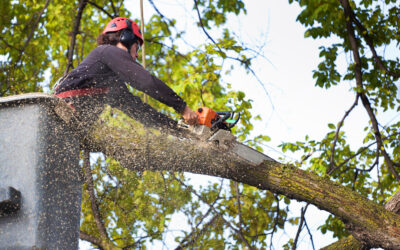Keeping Your Trees Healthy: A Homeowner’s Guide to Pest Management and Disease Control
Trees are a valuable asset to any property, providing beauty, shade, and ecological benefits. However, they are susceptible to various pests and diseases that can compromise their health and longevity. As arborists, we understand the importance of proactive care to protect your trees. This guide will cover common tree pests and diseases and how to manage them effectively.
Common Tree Pests
Many different insects can infest trees, causing a range of damage. Here are some of the most common:
-
Aphids: These small, soft-bodied insects feed on sap, causing distorted leaves and stunted growth.
-
Borers: These insects, including beetles and moths, tunnel into the bark and wood of trees, disrupting nutrient flow and causing significant structural damage.
-
Scale Insects: These tiny, immobile insects attach themselves to leaves and branches, sucking sap and weakening the tree.
-
Caterpillars: The larvae of moths and butterflies, caterpillars can defoliate trees, consuming large amounts of leaves.
Common Tree Diseases
Trees are also vulnerable to a variety of diseases, primarily caused by fungi, bacteria, and viruses. Here are some examples:
-
Leaf Spots: These diseases cause spots or lesions on leaves, which can lead to defoliation if severe.
-
Powdery Mildew: This fungal disease appears as a white, powdery coating on leaves and stems, inhibiting photosynthesis.
-
Cankers: These are localized dead areas on branches or trunks, often caused by fungi or bacteria, which can weaken or kill the tree.
-
Root Rot: This occurs when the roots of a tree are infected by fungi, leading to decay and eventual death.
Recognizing the Signs
Early detection is crucial for effective pest and disease management. Here are some signs and symptoms that may indicate a problem:
-
Unusual leaf discoloration or drop
-
Spots, lesions, or growths on leaves, branches, or bark
-
Wilting, drooping, or dead branches
-
Increased presence of insects or insect damage
-
Holes or tunnels in the bark or wood
-
Decline in overall tree health and vigor
Proactive Prevention and Management
The best approach to protecting your trees is a combination of proactive prevention and timely intervention. Here are some key strategies:
-
Proper Tree Selection: Choose tree species that are well-adapted to your local climate and soil conditions.
-
Healthy Tree Care: Provide adequate watering, mulching, and fertilization to promote tree vigor and resilience.
-
Regular Monitoring: Inspect your trees regularly for signs of pests or diseases.
-
Integrated Pest Management (IPM): This approach combines various techniques to manage pests and diseases while minimizing environmental impact.
-
Cultural Controls: These practices include proper pruning, sanitation (removing infected plant material), and water management to improve tree health and reduce pest and disease problems.
-
Biological Controls: This involves using natural enemies, such as beneficial insects, to control pest populations.
-
Chemical Controls: Pesticides and fungicides may be necessary in some cases, but they should be used judiciously and in accordance with label instructions.
-
By following these guidelines, you can help protect your trees with pest management and disease control practices and ensure their long-term health and beauty. If you suspect your trees may be infested or infected, consult with certified arborists, like Donovan Arborists, for a professional diagnosis and treatment recommendations.
For more information, please visit our Plant Health Care Services page.




